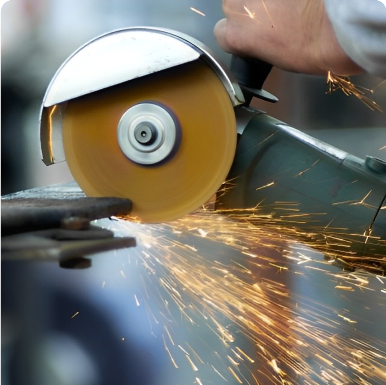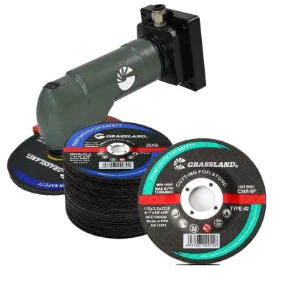

Wire Wheels serve a different purpose, focusing on material surface cleaning and finishing without removing substantial material amounts. Used extensively in automotive, shipbuilding, and metal fabrication industries, wire wheels efficiently remove rust, paint, and contaminants from surfaces. They are available in different wire thicknesses and materials, tailored to specific cleaning and surface preparation tasks. Using wire wheels in regular maintenance schedules can improve equipment performance and lifespan by ensuring surfaces are free from hindrances. The Mounted Points are small grinding wheels bonded onto a mandrel. Ideal for precision work, they are perfect for detailing and intricate finishing tasks. Equally useful in die shops and foundries, these wheels can reach difficult angles and recesses, ensuring comprehensive workpiece refinement. Their versatile nature enhances their application across various sectors, proving especially beneficial in metalworking and tool making. Finally, Polishing and Buffing Wheels are synonymous with achieving high-quality finishes. These wheels, often used with polishing compounds, are essential in sectors where presentation and product surface quality are paramount. Whether it’s polishing automotive parts or delicate jewelry, the right polishing wheel can transform a product from rough to radiant. Selecting the appropriate abrasive wheel involves understanding both the material and the outcome desired. The wheel’s grit size, bonding type, and abrasive material must align with the project's requirements. Regularly updating your knowledge of the latest developments in abrasive wheel technology and innovations can ensure that your processes remain efficient, effective, and on the cutting edge of industrial hygiene and safety standards. Trust in reliable suppliers for quality products to secure not only top performance but also the lasting integrity of your equipment and products.
Post time:Jan - 11 - 2025

















